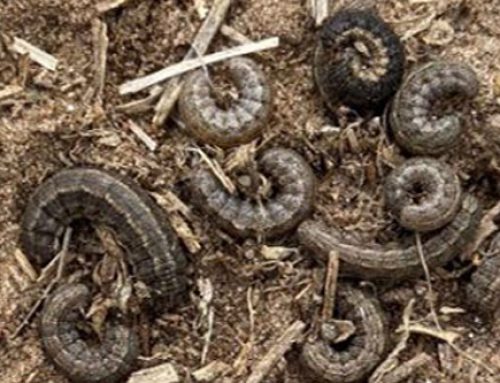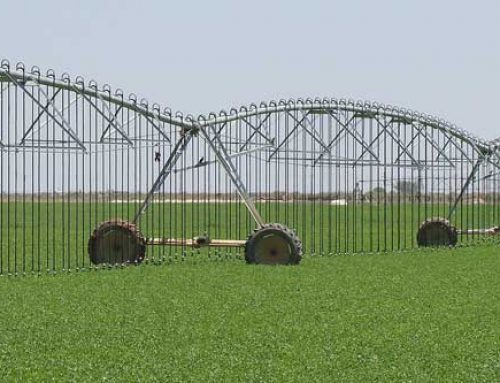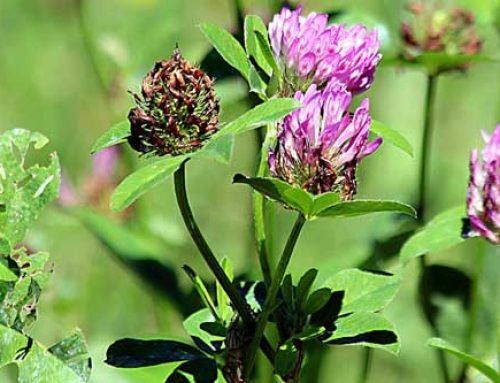There are many strategies for managing alfalfa cuttings. Some producers cut alfalfa based on a set schedule of days between cuttings, while some producers try to cut based on growth stage. Either strategy works, but we need to keep in mind our goals. Are we trying to maximize tonnage, maximize quality, or both?
Obviously, weather events play a huge role in achieving our goal. When hay is rained on in the windrow, our best laid plans are put aside. Understanding seasonal weather patterns also plays a role in your cutting strategy.
If the goal is to achieve the highest yield without regard to quality, cutting alfalfa at or near full bloom is ideal. This can also help extend the life of the stand since root reserves are constantly being replenished. Waiting to cut near full bloom will typically result in one less cutting per year which can save on harvesting costs as well.
If the goal is to achieve higher quality forage, cutting on a shorter time interval, or timing cuttings near bud stage will result in higher RFQ (Relative Forage Quality) or RFV (Relative Feed Value). Overall yields will be lower but could easily be offset by attaining a higher price for the quality.
A more practical approach may be to combine strategies. Across the High Plains and Midwest, spring rains can occur more frequently while first cutting is being harvested. First cutting quality is typically not as high as later cuttings. For these two reasons, it may be best to put first cutting up as haylage instead of baling. This serves a couple purposes: Waiting till full bloom will help maximize yield of the haylage. The time that the hay is in the windrow and exposed to inclement weather is greatly reduced. This allows the regrowth to get off to a much earlier start rather than waiting for hay to dry those extra days.
Cuttings later in the summer can be targeted for higher quality. These cuttings should be cut nearer bud stage to achieve the highest quality.
One other decision needs to be made late in the season, and that is when to take that final cutting. For the health of the alfalfa stand and to ensure adequate food reserves are stored in the roots over the winter, it is best that alfalfa has enough time to regrow at least 8-10 inches after the last cutting. Keep this in mind when deciding whether there is time for one more cutting.
These tips can help maximize both yield and quality, and help you get the most life out of your alfalfa stands. If you would like our help managing your alfalfa, do not hesitate to get a hold of your local Crop Quest Agronomist.





